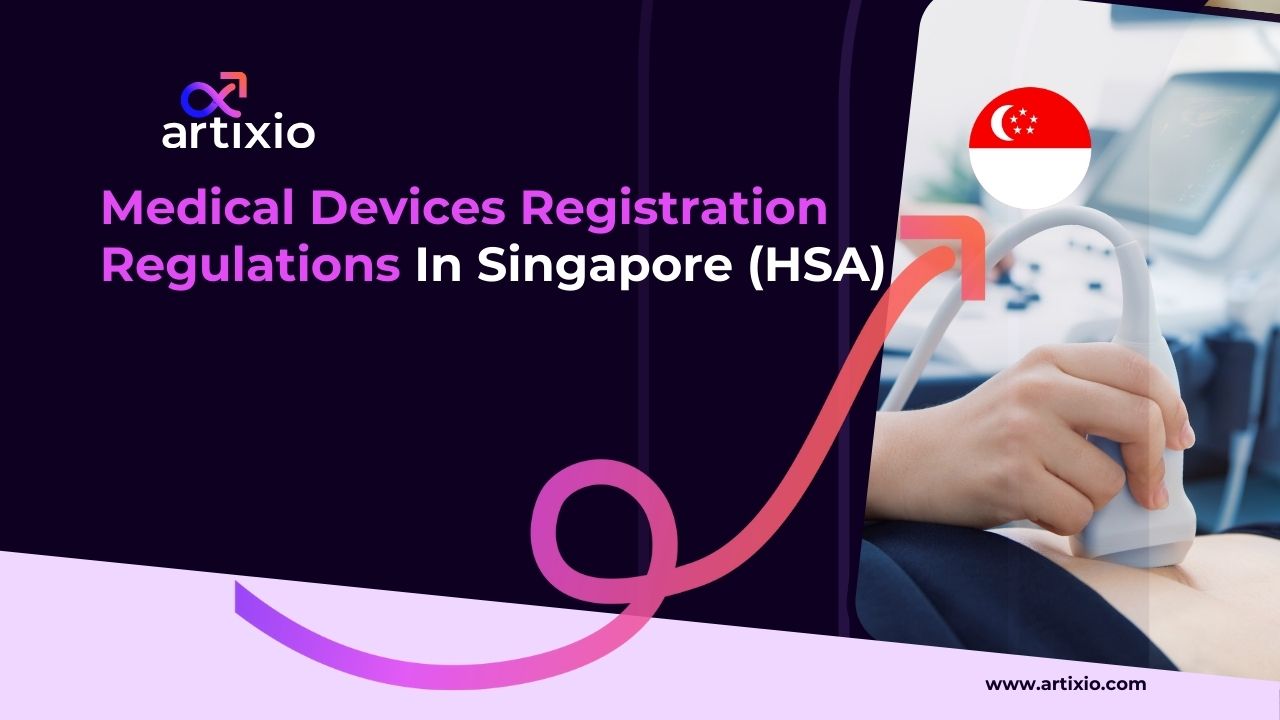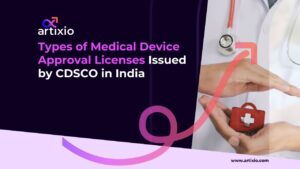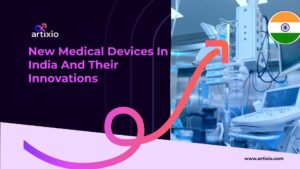Singapore has become a key hub for innovative medical technologies, attracting manufacturers and innovators from around the world. However, ensuring patient safety and maintaining high-quality standards is crucial. To achieve this, the Singaporean government has established a clear and structured registration process for medical devices. This article outlines the key requirements for medical device registration under the Health Sciences Authority (HSA) regulations.
Regulations for Registration of Medical Devices in Singapore (HSA)
Safeguarding public health is a critical responsibility that rests firmly on the shoulders of the HSA, Singapore’s national regulatory authority for healthcare products. Their mandate is clear: to regulate medical devices in the country and ensure that they meet stringent safety, quality, and efficacy standards.
With a mission vital to ensuring public health, the HSA leaves no stone unturned in fulfilling its responsibilities. They are committed to working tirelessly to ensure that medical devices in the Singaporean market meet the highest standards, providing citizens with the peace of mind they deserve. The HSA stands at the front line of Singapore’s healthcare standards, ensuring that they remain world-class.
Classification of Medical Devices In Singapore
As per Regulations for Registration of Medical Devices in Singapore (HSA), to initiate the process of registering a medical device, the first step is to determine its appropriate classification. Singapore’s risk-based classification system used in this context is similar to other international regulatory bodies like the United States Food and Drug Administration (FDA) and the European Union Medical Device Regulation (MDR).
The HSA, in line with this system, categorizes medical devices into four different classes. The classifications are dependent on factors such as the intended usage of the device, duration of usage, and the potential risks associated with it. The classes start from Class A, which is considered to be low-risk, to Class D, which has a high risk of risks associated with its usage. The goal of this classification process is to ascertain the level of risk that comes with using the medical device and put necessary measures in place to mitigate any potential danger to the public.
Preparing the Registration Submission for HSA
Medical devices registration regulations in Singapore HSA outline that, once the classification is determined, manufacturers or their appointed authorized representatives can proceed with the registration submission. The registration dossier should contain comprehensive information about the medical device, including its technical specifications, intended use, design drawings, labelling, and instructions.
Essential Documentation
To ensure a smooth registration process, certain essential documentation must be included in the submission:
a. Quality Management System (QMS) Certificate: Manufacturers must provide evidence of conformity to a recognised quality management system, such as ISO 13485.
b. Declaration of Conformity: A declaration stating that the medical device complies with the essential principles and requirements of safety and performance.
c. Product Information: Detailed information about the medical device, such as its intended purpose, mode of action, and indications for use.
d. Clinical Data: Clinical evidence supporting the safety and performance claims of the device, which may include clinical investigations, published literature, or data from comparable devices.
e. Labeling and Instructions for Use: Clear and comprehensive labelling and user instructions in English.
f. Manufacturing Site Information: Details about the manufacturing facilities and any changes in the manufacturing process.
Appointment of Local Authorized Representative
Non-Singaporean manufacturers require a local authorized representative to comply with regulatory requirements. This representative must be situated in Singapore and well-versed with medical device regulations, acting as a mediator between the manufacturer and the HSA.
Timelines and Fees for Registration of Medical Devices in Singapore
The HSA strives to maintain an efficient and predictable registration process. The duration of the registration process may vary depending on factors such as the device’s classification and the complexity of the submission. However, the HSA aims to complete the evaluation within 150 days of receiving the complete submission.
Registration fees are applicable and vary based on the classification of the medical device. These fees cover the evaluation process and the issuance of the registration certificate.
Conclusion
Singapore’s medical device registration process exemplifies the government’s commitment to ensuring patient safety and fostering innovation in the healthcare industry. By following a risk-based classification system and requiring essential documentation, the HSA streamlines the pathway to market medical devices while maintaining stringent regulatory standards.
Manufacturers and innovators looking to introduce their medical devices in Singapore should familiarize themselves with the registration process and adhere to the requirements set forth by the HSA.





